This post may contain affiliate links. Please read our disclosure policy. As an Amazon Associate, I earn from qualifying purchases.
This einkorn sourdough bread is made with 100% all-purpose einkorn flour, which gives you a light-colored loaf with a soft, tender crumb and rich, buttery flavor. It’s naturally fermented for a mild tang and doesn’t require any kneading, just gentle folds and time to rest. No special flour blends, no extra steps. Just the simple beauty of einkorn at its best.
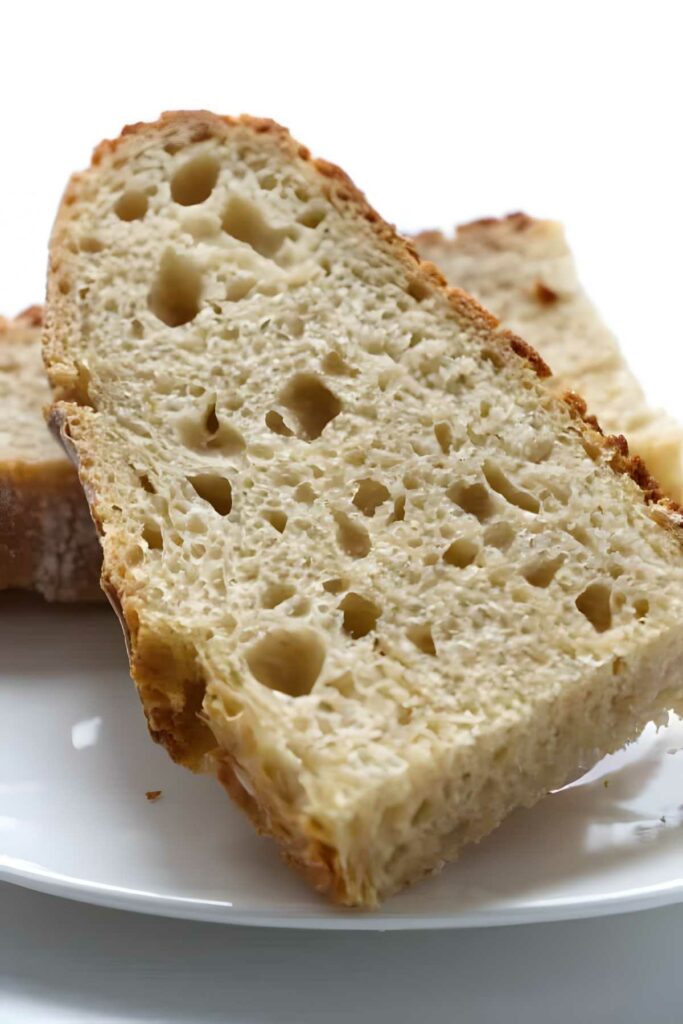
New to sourdough? You might want to start with my Dutch oven sourdough bread made with regular all-purpose flour.
Here’s Why This Einkorn Sourdough Bread Recipe Works
No kneading needed: Einkorn’s delicate gluten doesn’t strengthen with kneading, so a few folds and some rest time are all it takes.
Flexible timing: A long, slow ferment in the fridge gives you scheduling wiggle room and a deeper sourdough tang.
Straightforward ingredients: Just four basics; starter, water, all-purpose einkorn flour, and salt. No blends or fillers, so nothing masks einkorn’s naturally rich flavor.
Rich, complex flavor: Einkorn brings a naturally buttery, nutty taste that stands out in every slice.
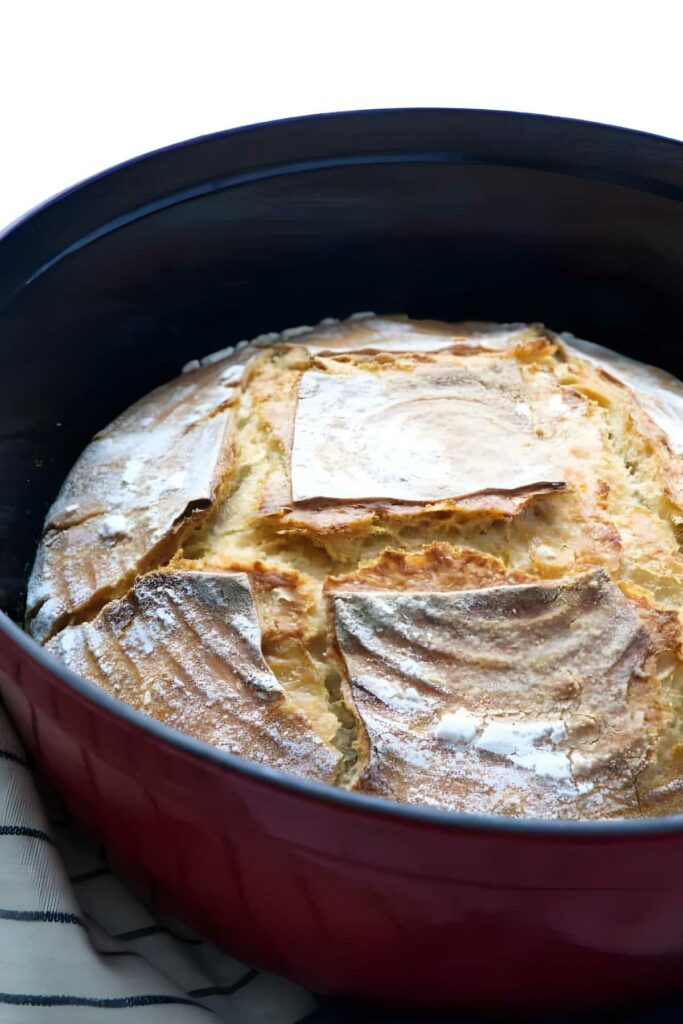
Recipe Tips
Use a mature starter: Your sourdough starter should be at its peak; bubbly, active, and recently fed, for the best rise and flavor.
Wet your hands: Einkorn dough is naturally sticky. A little water on your hands makes folding and shaping much easier.
Skip the countertop flour: Adding extra flour can weigh the dough down. Use wet hands and a damp surface instead to keep the texture light.
Proof by look, not the clock: Einkorn ferments faster than modern wheat. Watch for signs of rise instead of relying solely on time.
Flour your basket: A 50/50 blend of rice flour and einkorn flour helps prevent sticking. Rice flour doesn’t absorb as much moisture, so it creates a better barrier between the dough and the basket.
Choose your hydration level: This recipe gives you a range of water amounts so you can adjust based on your comfort with shaping sticky dough. Less water makes the dough easier to handle; more water gives you a softer, airier crumb. If you’re feeling confident, you can even add an extra tablespoon or two for an even lighter texture, just expect a looser dough that’s a bit more challenging to shape.
Storage: This bread keeps well at room temperature for 2 to 3 days. For longer storage, slice and freeze.
Einkorn Sourdough Questions, Answered
No problem. You can still make this bread even if your sourdough starter is made with regular flour. You have two options:
Option 1 (Quick and easy): Use your regular starter as-is. Feed it with your usual wheat flour, then use it in the recipe. Your loaf will be made with 100% einkorn flour except for the bit of wheat flour from the starter. It still works beautifully.
Option 2 (Gradual switch): Transition your sourdough starter to einkorn flour by feeding it several times with einkorn. Each feeding increases the percentage of einkorn in the starter:
1st feeding: 50% einkorn
2nd feeding: 75% einkorn
3rd feeding: 87.5% einkorn
4th feeding: 93.7% einkorn
5th feeding: 96.8% einkorn
This works because each feeding removes half the starter and replaces it with fresh einkorn flour and water. After four or five feedings, your starter is nearly all einkorn.
In the end, either method will give you a great loaf. It just depends on how “pure” you want your einkorn to be.
Yes! You can absolutely use a loaf pan if you’d prefer a more classic sandwich-style shape. In fact, using a pan makes the dough a bit easier to manage—especially since einkorn is naturally soft and sticky.
With a free-form or “hearth-style” loaf, the dough needs enough structure to hold its shape on its own. But in a pan, the sides offer support, so you don’t have to worry as much about the dough spreading out or flattening during the final proof or bake.
It’s a great option if you’re new to working with einkorn or just want a tidy loaf for slicing.
Want to try another ancient grain? Check out my spelt sourdough bread.
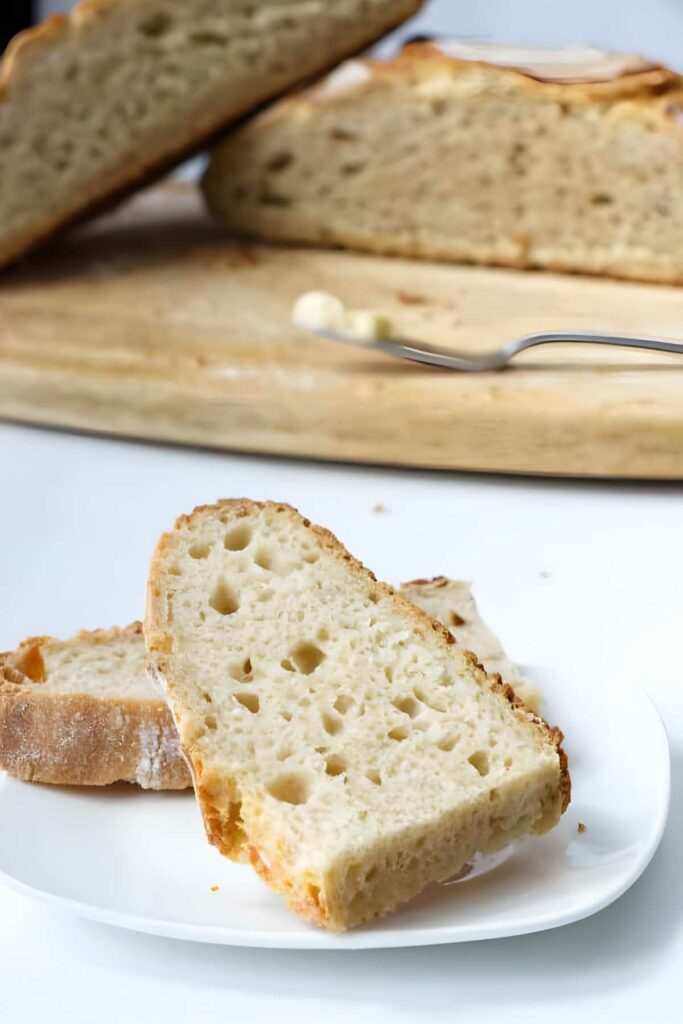
Sourdough Bread with Einkorn Flour
Einkorn sourdough dough can be a little tricky to handle. It is soft, sticky, and not always easy to shape. But the effort pays off. Using 100% all-purpose einkorn flour will give you a golden, crusty loaf with a tender crumb and deep, rich flavor.
Once you get the feel for it, this is the kind of bread that earns a regular spot in your baking routine.
Pin this now to find it later!
Pin It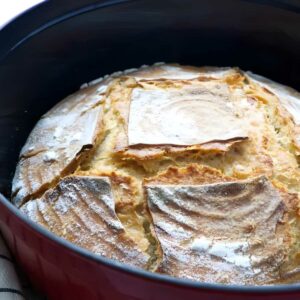
Sourdough Einkorn Bread
If you make this recipe, please leave a star rating and comment.
Ingredients
- ¾ cup active sourdough starter, 180 grams, see notes
- 1 ⅔ to 1 ¾ cups warm water, 392 to 413 grams
- 5 cups all-purpose einkorn flour, 600 grams
- 2 teaspoons salt, 12 grams
Instructions
- Mix the dough: In a large bowl, stir the starter into the warm water until fully dissolved. Add the flour and salt, and stir until it forms a rough, shaggy dough.
- Stretch and fold: After mixing, let the dough rest for 10 to 15 minutes. Then, with wet hands, grab one side of the dough, stretch it up, and fold it over to the opposite side. Rotate the bowl and repeat this motion 3 to 4 times, folding from a different side each time.Let the dough rest another 10 to 15 minutes, then repeat the stretch and fold process once more.
- Expect a sticky dough: The dough will be wet and sticky at this stage, that’s normal. Don’t add extra flour; it will make the bread dense. Wet your hands to keep the dough from sticking as you work with it.
- First rise (bulk fermentation): Let the dough rise at room temperature for 3 to 6 hours, until it increases by about 50% to 75%. This is your bulk fermentation stage.After the bulk rise, you’ll shape the dough and then do an optional cold proof (see below) to fit your schedule and boost flavor.
- Shape the dough: Turn the dough out onto a work surface and gently shape it into a round. If you're using a loaf pan, shape the dough into a log instead.
- Final proof: Place the shaped dough into a well-floured proofing basket or loaf pan. Cover and let it sit at room temperature for 1 to 2 hours to start the final proof, then transfer it to the fridge overnight or up to 15 hours.
- Einkorn sourdough should rise by about 50% to 75% before baking. Don’t let it double. If it hasn’t reached that after the cold proof, let it finish rising at room temperature. Keep an eye on it and move it to the oven once it hits that 50–75% mark to avoid over-proofing.
- Bake: Preheat your oven to 450°F. When it’s hot, gently tip the loaf into a Dutch oven or onto a baking sheet. Score the top with a sharp knife.If using a Dutch oven: cover for the first 30 minutes. Then remove the lid and bake for another 15–20 minutes, until the crust is golden and the loaf sounds hollow when tapped.
Notes
Nutrition
Nutrition information is automatically calculated, so should only be used as an approximation.
 Like this recipe? Rate & comment below!
Like this recipe? Rate & comment below!
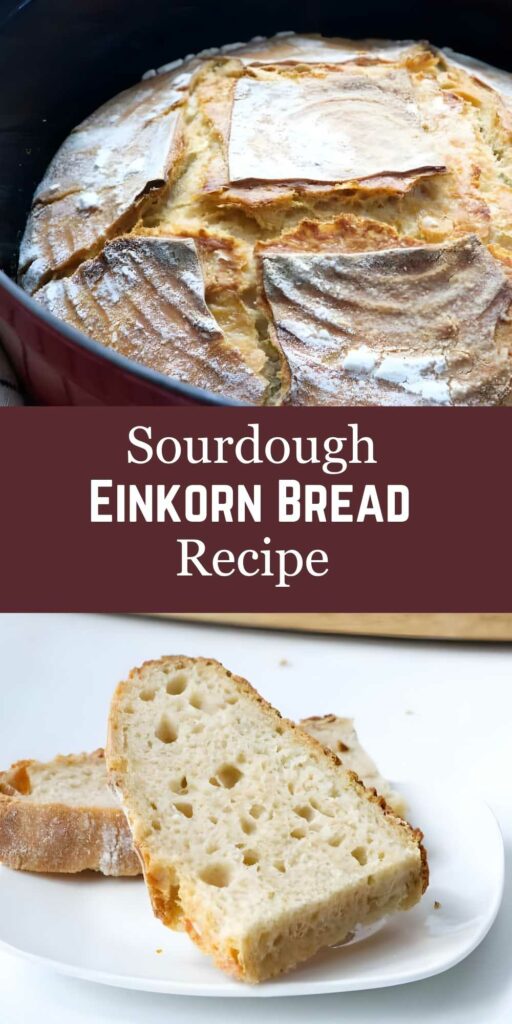
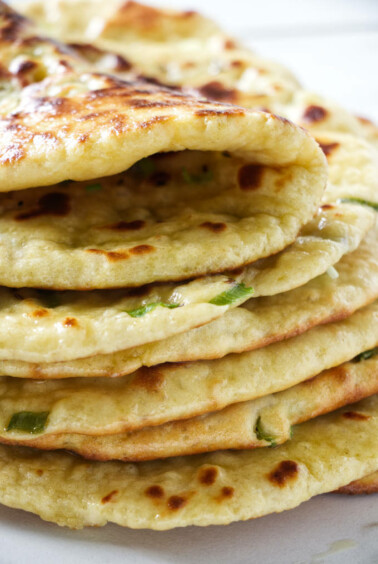
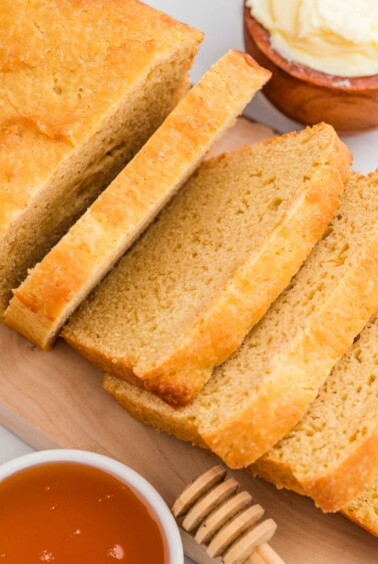
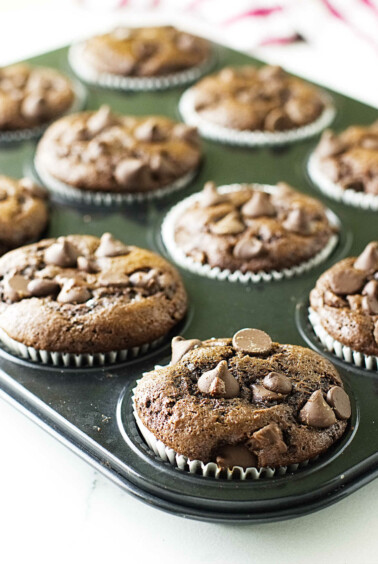
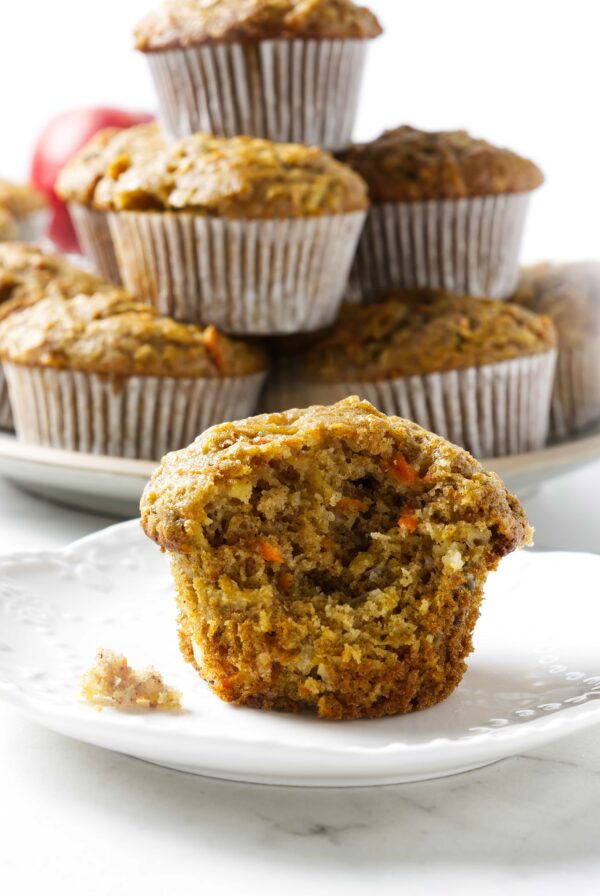
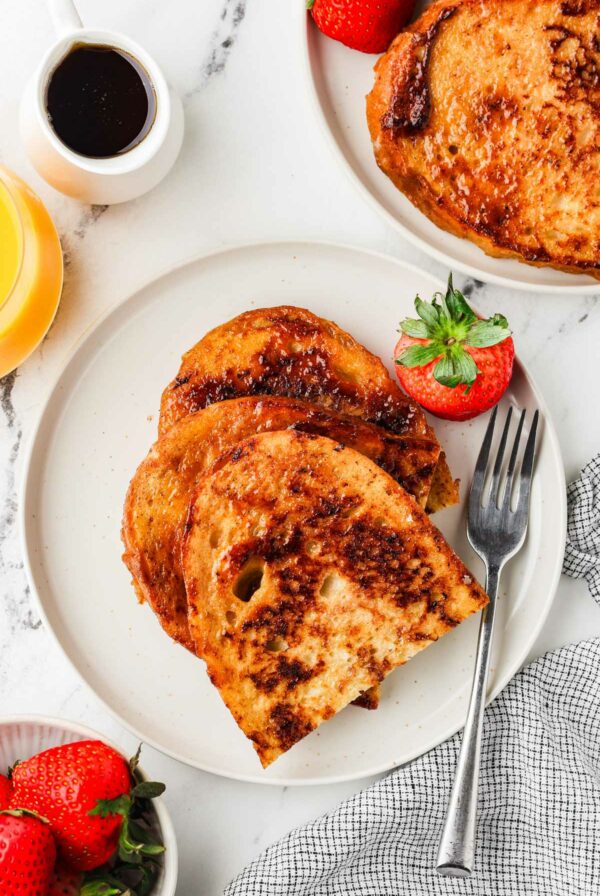
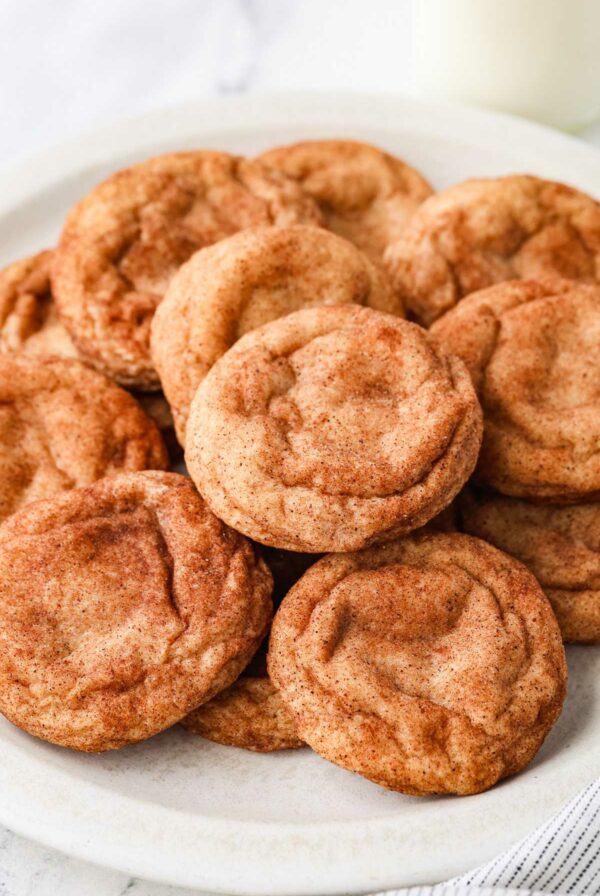
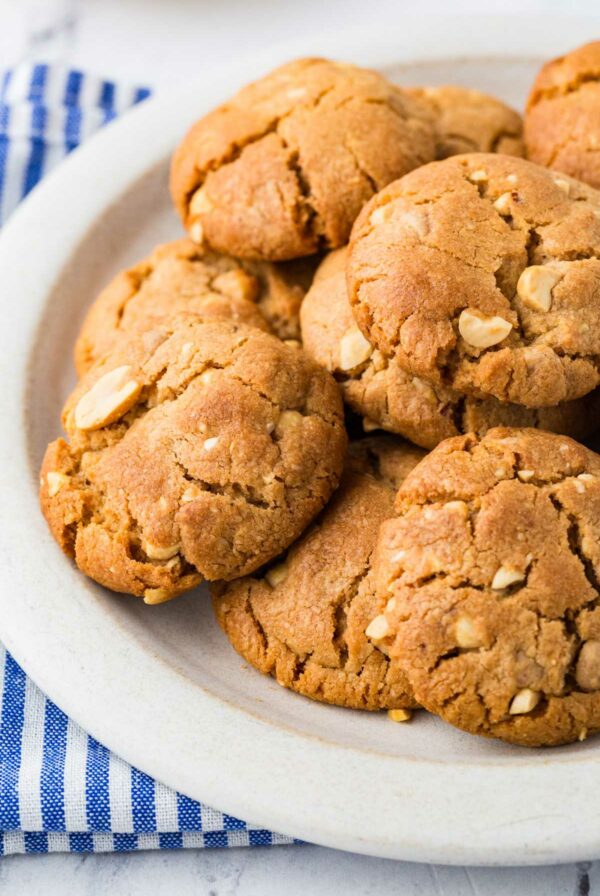










I forgot to ask a question: I typically cover my loaf pan with another loaf pan to keep it moist and not dry out. Is this necessary? I am ordering a little larger of a pan so I doubt any of my other loaf pans will now fit over it and rest on the top of the rim. Suggestions? Thank you.
You’re referring to the proof time, right? In that case, no second pan is necessary. You can lightly oil the top of the dough, and cover it with oiled plastic wrap.
I love this recipe! I am going to order a larger loaf pan though because the 9×5 one spilled over in the fridge overnight. The hard top crust is soooo good. My husband and I had to restrain ourselves not to eat the whole loaf! I am so thankful that you added at the end that you can put it in a loaf pan as that is what I always use when baking with Einkorn. I baked it for 30m and then inserted a thermometer and it came out doughy at about 185 degrees so another 10 minutes did the trick.
Thank you for the detailed feedback. I’m glad you loved the crust and the loaf overall. Really happy this recipe is a keeper for you
I’m new to making sourdough bread and am going to try it for the first time. If I want to use the loaf pan, what is the total time I need to cook it for?
If you’re baking it in a loaf pan, the total bake time will be about 45 to 50 minutes. Keep the pan uncovered and check that the crust is a deep golden brown and the loaf sounds hollow when tapped on the bottom.
Hi Jerry. I baked mine in a 9×5 for 40 minutes; 30 initially, checked the temp (200 d) and it was a little under that temp plus the probe came out doughy so another 10m did the trick. It was perfect. Although, I am going to purchase a larger loaf pan because it spilled over the top overnight in the fridge.
Question, i tried this yesterday and my dough was to wet i couldnt shape it. I tried using a paddle and oiled hands. Wouldn’t hold tension. I put in it my boule and let it sit for 1 hour then put in the fridge. Baked in the morning, my dough looked great and scored it. Them it spread in my dutch oven? When you say a optional cold proof do you mean after shaping i should put straight in the fridge? Or do I have to leave it out for 1-2 hours prior to putting in fridge? Is the wait time of 1-2 hours only if baking after shaping? Want to clarify that.
The flavor was amazing. It was light and not dense but flat.
Im used to bread flour sourdough:)
Einkorn dough is naturally softer and stickier than what you’re used to with bread flour, so it won’t hold tension the same way. That said, if it’s so loose that it won’t hold its shape at all, you can definitely add a little extra flour next time. There can be variables depending on how wet your starter is and your kitchen’s humidity.
For the optional cold proof, that step happens after shaping. You can either
put the shaped dough straight into the fridge, or let it rest at room temperature for 1–2 hours first if you want to give it a head start on rising.
That short rest isn’t required. It’s just to help the dough begin proofing before it chills. If it’s already looking slightly puffy, you can skip it and refrigerate right away.
Einkorn dough won’t form a tight boule like a strong bread flour dough, but it should still hold together enough to transfer to your proofing basket or pan. If it spreads too much, it likely just needed a touch more flour or a slightly shorter proof.
Mine was insanely sticky. I couldn’t shape it at all. I must have over proofed it because when I went to put it in the oven it was just a puddle of flour.
Thanks for giving the recipe a try! Einkorn definitely doesn’t behave like modern wheat, and that sticky, slack dough is totally normal (and a little frustrating at times!). Overproofing could be the culprit here, especially if it turned into a puddle at bake time. Next time, you might try shortening the final proof a bit and keeping an eye on the dough’s structure rather than the clock. Also, working with slightly damp hands can make shaping a little more manageable. Don’t be discouraged, einkorn has a learning curve.
First time using einkorn and I found the recipe easy. I had beautiful results right up to the actual bake. I always preheat my dutch oven, but in following the directions I did not. When I removed the lid after 30 minutes my beautiful boule had pretty much spread out. It still has a nice crumb and flavor, but next time I will definitely preheat my dutch oven. I have an electric oven, so wondering if that has something to do with it. Better luck next time. Thx for the recipe!
Thanks so much for sharing your experience! It sounds like you did a fantastic job, especially with your first time using einkorn, which can be a bit tricky. Preheating the Dutch oven should definitely help with that shape next time. One more thing to try: since einkorn has a weaker gluten structure, it can collapse if it’s proofed too much. You might find it helpful to proof the dough a little less to prevent spreading during baking. Ideally, it should rise to about 1-1/2 times its original height, but not more. I know you mentioned following the instructions closely, so maybe using a measuring stick could help track the rise and avoid any over-proofing. Einkorn takes a little practice, but it sounds like you’re almost there—glad to hear the flavor and crumb turned out so well!
Thank you for the recipe! Einkorn is very difficult to work with…every time you get it on your hands about 25 grams are stuck and wont come off. Do you ever add more flour to account for this? Proofing now…can hardly wait for the first bake!
You’re welcome! I know what you mean—Einkorn can definitely be tricky to handle. I don’t usually add more flour, but I do find that keeping my hands wet or lightly oiled helps prevent the dough from sticking as much. I hope your first bake turns out great
Have you tried using just whole wheat einkorn? That’s all I have and would love to try this recipe
Yes, this works fine with whole wheat einkorn. The whole grain absorbs a bit more liquid and you may need to add between 2 to 4 tablespoons more water. Also, the whole grain bread will not rise as much. Be extra careful to not proof it too long or it will collapse on itself.
Is it possible to do both proofs on the counter or must the second one be done in the fridge?
Yes, you can do both proofs on the counter. It will proof faster that way. Thanks for the question.